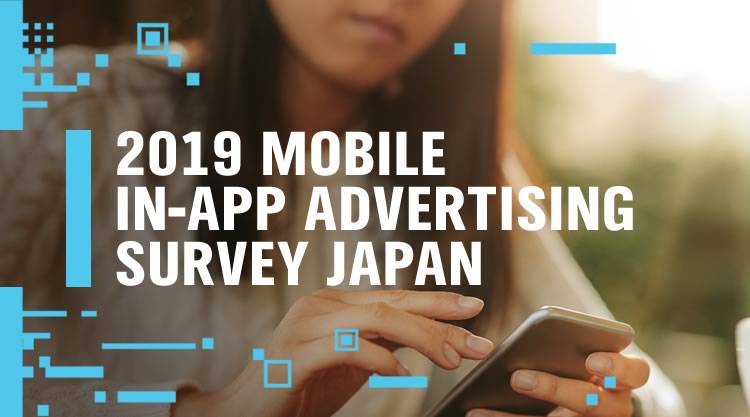Japan is famous for its unique culture and distinctive traditions, this differentiating approach also applies to our advertising industry. Programmatic has largely been embraced in Japan, however, it remains in the early days—particularly in a market where traditional media (i.e. TV and print) still reigns supreme.
In an effort to better understand this market, we recently completed two research studies in Japan. These studies allow us to further understand the opportunities and challenges our publisher and buyer partners face with private marketplaces (PMPs) and video and how PubMatic, plus the wider industry, can help overcome the roadblocks to drive greater programmatic adoption.
The first research study, created and completed with Digital InFact, surveyed buyers (clients and agencies) about their adoption and opinions of programmatic video. The second study, organized by PubMatic, surveyed publishers to understand their usage and perceptions of PMPs.
Video Research Findings
Video is growing but programmatic video still has a way to go.
- Video advertising continues to grow in Japan with 63 percent of media buyers (advertisers and agencies) increasing spend between FY 2017 to FY 2018.
- Programmatic video is still nascent in Japan. Whilst 40 percent of media buyers use programmatic to buy digital video advertisement, 45 percent of buyers said they invest less than 10 percent of their video budgets programmatically. However, 30 percent of respondents did state they spent more than 20 percent of their video budget programmatically.
Concerns about programmatic video transparency differ between advertisers and agencies.
- Transparency concerns on video saw marked differences between advertisers and agencies. Whilst 70 percent of agency respondents said they were satisfied, 51 percent of advertisers said they were dissatisfied. This suggests a clear need to further engage advertisers to understand their transparency concerns and the continued need for education.
While there have been recent brand safety scandals with global video platforms, this hasn’t impacted demand with Japanese buyers who prefer YouTube, Facebook and Twitter for the majority of their video inventory, with over 60 percent of buyers satisfied with the transparency. This reflects US eMarketer research which shows that brand safety issues have no major adverse effect on sales of major platform companies.
However, splitting out buyers from advertisers and agencies we can see that the satisfaction level of the advertiser is lower than that of the advertising agency. Because the top concerns of media buyers are about media quality and economic transparency these findings highlight the continued concern around transparency and the need to work with trusted partners.
Video PMPs are still nascent.
Only 12 percent and 25 percent of advertisers and agencies, respectively, bought video via PMPs. 48 percent of advertisers and 37 percent of agencies say this is because they do not know the benefits of PMPs. Education is crucial to empower both parties to embrace the benefits of PMPs, particularly in the area of transparency.
PMP Survey Results
Publishers understand the value of PMPs but lack internal programmatic expertise.
- Japanese publishers are aware of the benefits of PMPs versus Open RTB, including premium, brand-safe inventory along with greater transparency. 41 percent of respondents said that PMP sales rose in H1 2018 compared to the previous year. In addition, 74 percent plan to increase sales of PMPs, overall.
- However, only 44 percent of publishers have specific plans to focus on PMP sales-related activities which include proactively pitching PMPs to buyers. For the sake of this research, we are not including buyer requests for PMPs rather publisher activities. This reflects a lack of internal programmatic expertise as the majority of publisher sales teams are focusing on direct sold campaigns. 58 percent of publishers reported they did not have dedicated programmatic sales teams.
SSPs provide the expertise to drive PMP growth.
- Publishers are reliant on SSPs to provide the programmatic knowledge and expertise to sell PMPs. When asked what would help sell more PMPs, 49 percent of publishers expected SSPs to support them in their sales activities, reflecting the importance of SSPs, like PubMatic, for successful growth of PMPs.
Want to Know More?
If you are interested in more findings from our recent surveys, check out the full video report (in Japanese). To learn about more opportunities in the Japanese market, connect with PubMatic on Facebook or check out our Japanese site.


